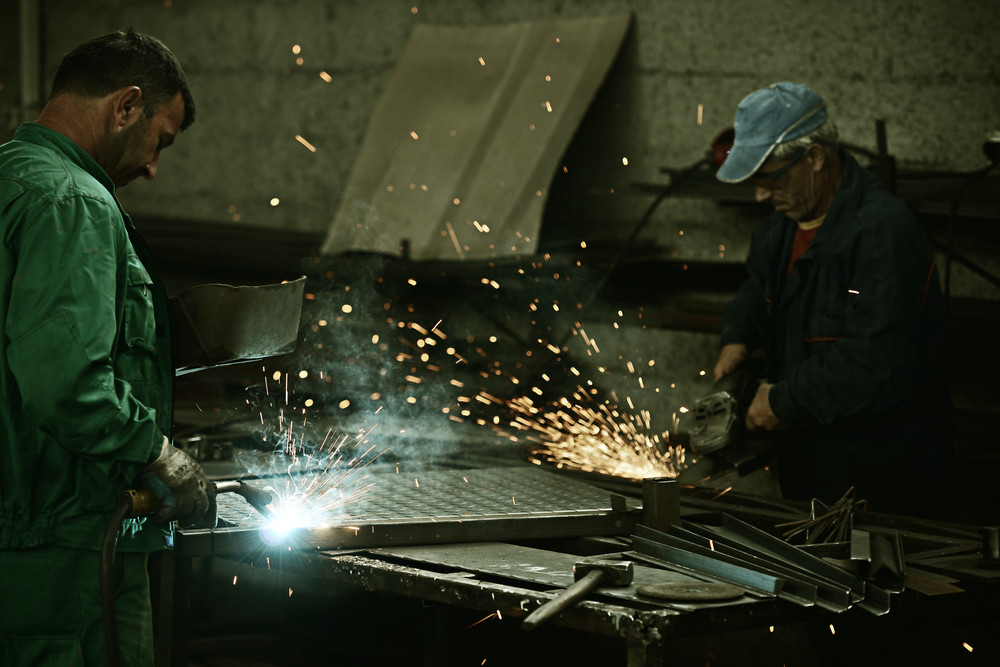The Future of Thin Sheet Metal
Thin sheet metal is a commonly used material in different industries – from construction to aerospace, automotive, medical, and consumer production/manufacturing. The reason being, it has a bunch of benefits that make it easy to ship or transport as well as use. The metals can vary from 3003, 6061 aluminum, 17-7, 302, and 304 stainless steel, and a variation of alloys.
Sheet metal forming technology and trends are applied in many major industries to manufacture absolute-shaped apparatuses from a workpiece. There are factors like rising demand from main consumer industries facilitating the growth of the thin Sheet Metal Fabrication (SMF) services industry.
Since thin sheet metal is lightweight, compact, weather-resistant, and perfectly fabricated, its future in the global market is steady. The United States Bureau of Labor Statistics projects that the metal fabrication industry will grow by at least 9% between 2016 to 2026.
Here are some thin sheet metal market dynamics
1. End-User Industries
The biggest market driver for the manufacture of fabricated metal and parts is an increased demand from most major end-user trades. They include automotive, aerospace, defense, and medical industries.
In 2018, the automotive trade witnessed substantial growth. Given that metal is the main raw material in the said trade, sheet metal forming plays a big role. Currently, there are increasing investments in these industries. As a result, the global SMF services market will grow at a CAGR of above 5% by 2026.
Subsequently, the aerospace and defense trades are most likely estimated to exhibit robust progress. Due to globalization, the need for aircraft production has increased. Air travel has become a lifestyle now in developing countries. The growing demand for these products leads to a boost in the global thin sheet metal market on a significant scale.
2. Material
The market can be categorized into two; aluminum and steel. Aluminum sheets are widely used as they are lightweight yet sturdy. In addition, the continued use of aluminum sheet metal will ensure a steady growth curve. This is because the metal is highly regarded in most end-user trades.
When it comes to thin sheet steel, there are several categories:
- Carbon steel: Good strength and formability
- Alloy steel: Easily available, more responsive, and affordable
- Stainless steel: Highly resistant, easy to weld, and great formability
- Tool steel: A combination of carbon and alloy steel
They all have different properties, strengths, and applications. There are many types of thin sheet metals including, (but not limited to) 17-7 steel, 3003 aluminum, 303 and 304 stainless steel, brass and copper, etc.
Bottom-Line
Thin sheet metal is one of the most common constructions and manufacturing materials, so its position in the market is safe. The global sheet metal market was approximated to hold a value of $265 billion in the year 2018. The market is anticipated to display a CAGR of not less than 5% in the 2019-2025 forecast period.
The key advantages of using sheet metal are recyclability, high strength, sturdy structures, resistance, and availability. For top-quality sheet metals, get in touch with Thin Metal Sales today!


